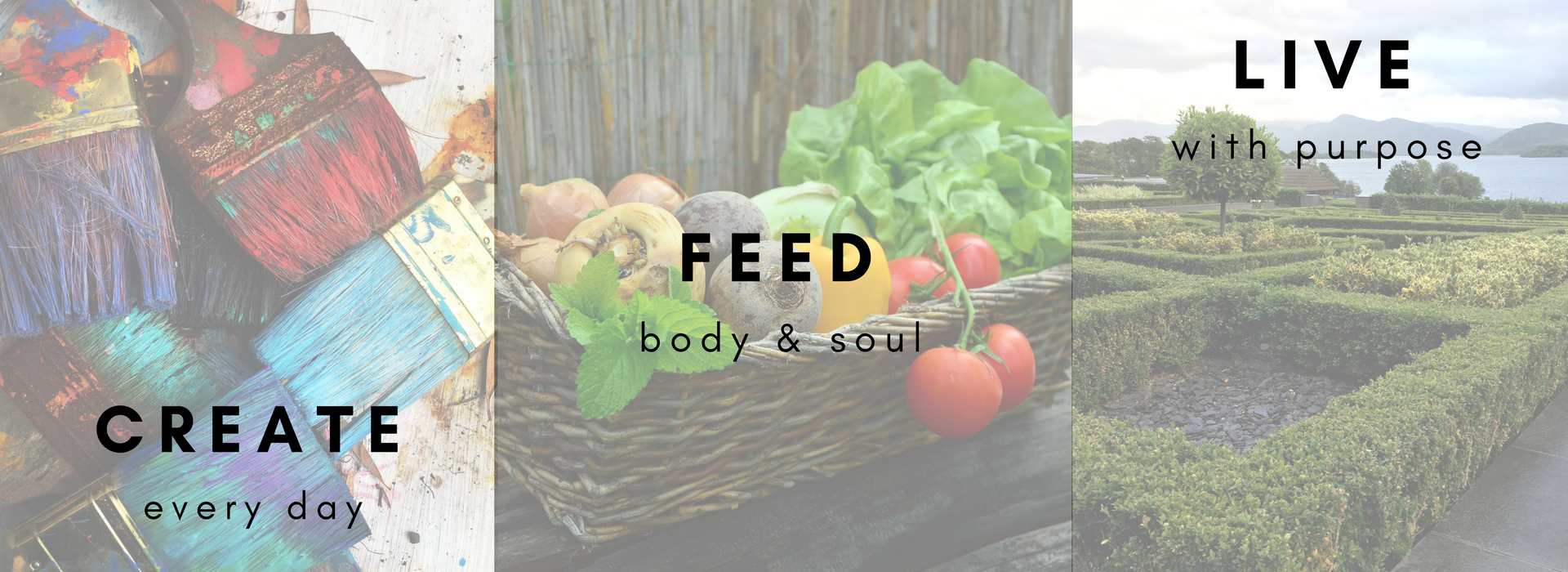Keep Your Goals in the Forefront
 Making a vision board is one of the best ways to get clear about your goals and keep them front and center in your daily life. If your goals are part of your every day focus, then you are able to use them as a reference point in making decisions. If you want to publish a novel this year, then deciding between sitting in front of the television for a few hours in the evening versus sitting in front of the computer (or typewriter? or notebook with pen?) to write is made easier if you are reminded that your goal is publishing a novel. What facilitates this process of keeping your goals visible? A Vision Board.
Making a vision board is one of the best ways to get clear about your goals and keep them front and center in your daily life. If your goals are part of your every day focus, then you are able to use them as a reference point in making decisions. If you want to publish a novel this year, then deciding between sitting in front of the television for a few hours in the evening versus sitting in front of the computer (or typewriter? or notebook with pen?) to write is made easier if you are reminded that your goal is publishing a novel. What facilitates this process of keeping your goals visible? A Vision Board.
What is a Vision Board?
Quite simply, a Vision Board is a board (physical or digital) that holds or displays pictures. Those pictures represent goals you want to achieve:
- Obtaining something material, (like a new iPad)
- Completing a project (like a kitchen remodel)
- What your life looks like when you achieve your goal(s) (sipping drinks from the beach)
- What you want your life to feel like (calm, peaceful, relaxed, healthy)
Any or all of the above. It’s your board, so you get to make the rules. If you are creating a physical board, then you need something to contain and display the pictures. I have used poster board and glued photos to it and I have done boards using a cork board and push pins which allowed some flexibility in arranging and changing the pictures if I needed to.
How to Make a Vision Board

1. Gather Materials Needed
It’s pretty simple, really. You just need some picture sources (magazines, printouts, catalogs, photos, etc.), a background (poster board or cork board work great), a way to adhere them (tape or glue or push pins), and a place to hang your finished board.
2. Figure Out What Your Vision Board is About
Does your goal involve material things (car, iPod)? Are you trying to capture a mood or feeling (serenity, energy, abundance)? A place you want to visit (Ireland, Paris, Australia, Napa Valley)? Or a combination of these? Make a list so you can find the inspiring images, which is the next step.
3. Find Appropriate Images
Clip images from magazines or catalog, and/or download images from the web. Anything that inspires you to think about a particular goal. One of my business goals is to offer weekend retreats for women on topics like Overcoming Fear, and Finding Your True Self. I have an image of women around a table enjoying a meal together, as that photo represents the sense of community I want my retreats to have. Additionally, I have the words “FEAR NOT!” clipped from a magazine ad that fit my retreat goal.
4. Lay Out Your Board
Now that you have a pile of images, you can arrange them any way you’d like on the cork board or poster board. Play around with this a bit to find an arrangement you’re happy with. Don’t spend too much time to perfect the layout as it’s more important to just get the images onto the board so you can begin to display it.
5. Look At It Every Day
Your board does no good if you set it in the back of closet, buried under out-of-season clothes. Put your board somewhere you will see it every day. It has to serve as a daily reminder of what your goals are, that way you will recognize opportunities that lead to goal achievement as well as be able to make goal-based decisions.
Now Go Do It!
To help you along, I’ve created a little video tutorial (see below) to walk you through the steps. I know that there are some of you who are still overwhelmed by the thought of actually doing a vision board. So I have created a How to Make a Vision Board booklet with step-by-step instructions, along with three layouts for you use with some ideas for things to put on the board.
Do vision boards work? Well, I have a picture of rolling green pasture that I put on one of my vision boards about two years ago to represent my bucket list item of going to Ireland. Guess who’s going to Ireland in June?!
Last year’s vision board captured the mood I wanted for the year: peaceful, calm, relaxing, healthy. I’d have to say that overall, those are words I would use to describe 2015, even though there were plenty of upheavals and uncertainties.
Are you ready to get started on YOUR vision board? Watch the video…




 4. As is, is better than not at all.
4. As is, is better than not at all.
 What makes you happy?
What makes you happy?

